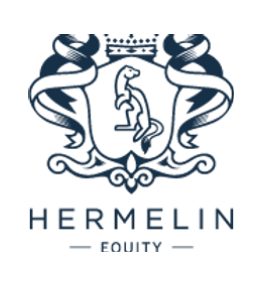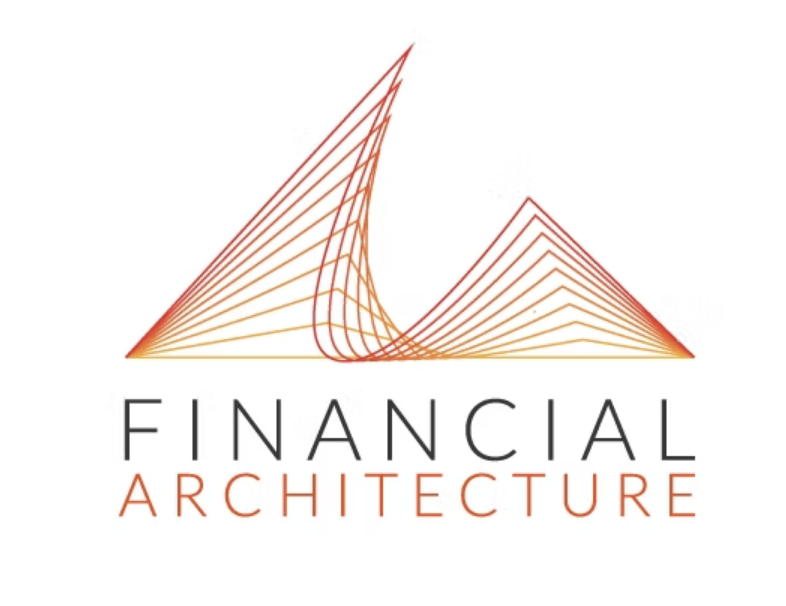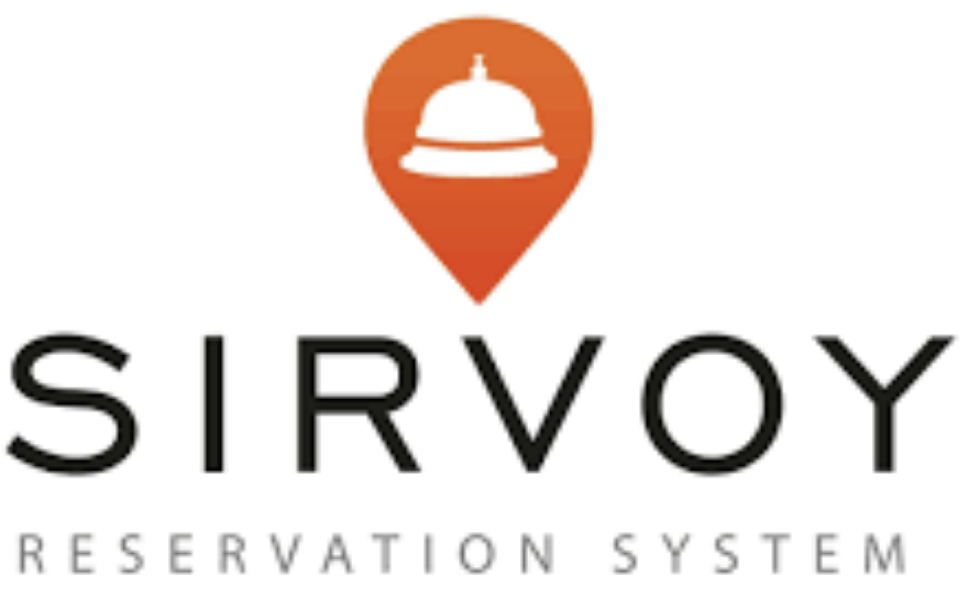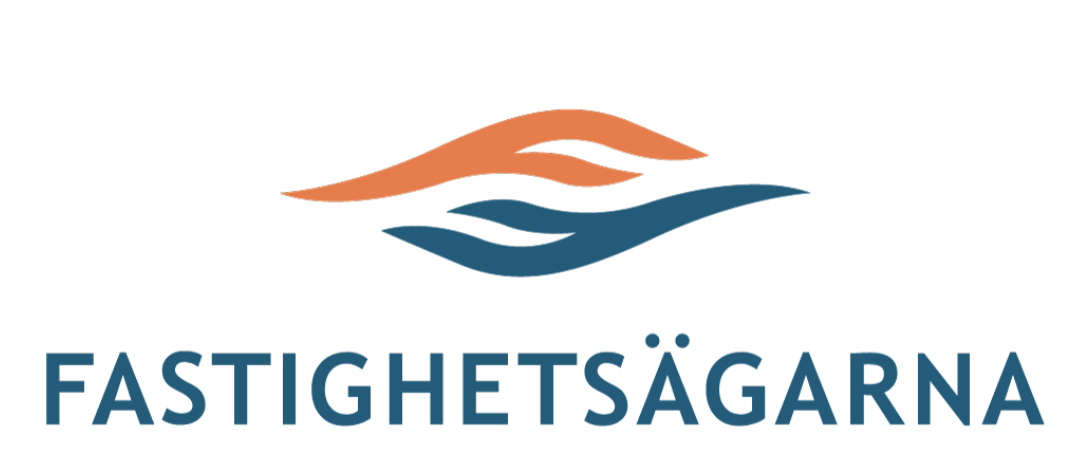Ventilation
To ensure that the ventilation is working, we as the landlord carry out a mandatory ventilation check (so-called OVK) at set intervals. In connection with these, we perform cleaning of channels. As a tenant, however, you are responsible for the regular maintenance of the ventilation. It is common for dust and dirt to get stuck in the device where the air is blown out (exhaust air) but also where the fresh air comes in (supply air), usually located in a window or in an outer wall. Wiping these a few times a year ensures the air quality in your apartment between intervals. Some devices can get dirtier, usually those in the kitchen where a lot of grease and food passes through the ventilation device. A common mistake that many people make is that they close/paint over the supply air unit when they think it's getting cold. This causes the air quality to deteriorate significantly in the apartment, while at the same time it causes less air to disappear from the apartment. Remember not to screw on the cup itself as it is adjusted to get the right flows in the apartment.
Sewer/Floor well
A good way to ensure that there are no unwanted blockages in the drain is for tenants to regularly clean their floor drains and water traps. Floor drains can look a little different but usually there is a grate that is there to catch the largest amounts of hair and dirt. If this hair and dirt is not removed on a regular basis, it can cause blockages further down the drain or cause the water to flow through very slowly. Cleaning the floor drain and water trap in the sink is part of your commitment as a tenant and is nothing that the landlord is responsible for.
Kitchen hood
Some apartments are equipped with kitchen hoods, usually charcoal filter hoods. The function of these kitchen fans is to clean the air from food and then recirculate this air in the apartment. The grease filter installed in these fans should be cleaned from time to time to ensure that it does not become saturated with grease. Too much fat can be a fire hazard. Changing and cleaning these filters is your responsibility as a tenant. Most apartments have ventilation that is based on self-draft, meaning that it is the difference between the warm air inside and the cold air outside that causes the air to pass in and out respectively. If a kitchen fan is incorrectly mounted against a ventilation duct where a fan is located, it means that the air that the kitchen fan blows out will instead enter a neighbor's apartment.
Floor
Most of the apartments have parquet floors, either a newer version or an older herringbone pattern. To keep them nice, these need to be handled and cleaned carefully. To avoid unnecessary scratches on the parquet floor, we recommend that you have a wiping mat in your hall that catches gravel, water and dirt. Fitting furniture feet to chairs, sofas, furniture etc. also means that there is less risk of scratches, but these need to be replaced at regular intervals to maintain their function. When it comes to cleaning parquet floors, dry cleaning methods such as vacuuming and sweeping should primarily be used. Stains are best removed with point inserts with a damp cloth. Use only a little water, preferably cold if you need to mop the floor. Parquet flooring is a living material and can move between seasons. This, in turn, can mean that the floor can crack during certain seasons. Linoleum flooring Another flooring material that is common in our apartments is linoleum flooring. These are made from a mixture of linseed oil and other organic materials. If you play something on a linoleum floor, it can usually be removed, but should be removed fairly quickly. Otherwise, the stain risks creeping into the floor. It is fine to both vacuum, sweep and wet dry the floor. Just remember not to use too strong cleaning agents. We recommend using furniture feet on the linoleum floor to avoid scratching and preserve its condition. Heavy furniture may need to be moved slightly at times in order not to leave depressed marks on the floor.
Tiles/Clinkers
A common floor and wall covering in our bathrooms is tile and clinker. This material generally tolerates water well and therefore wet drying goes well with ordinary all-purpose cleaners. If you have an older bathroom, you should be more careful with the water as there is rarely a waterproofing layer under the tiles, which can result in the water running down into the joists and possibly a neighbour. Ask the manager if you are unsure. Joints are a typical place that easily attracts dirt, especially near the shower. The easiest way is to remove the dirt when it appears, but sometimes greater efforts may be needed. Then, for example, a kitchen sponge with detergent can work well. It is forbidden to make your own holes in the tile as this can cause irreparable damage to the wet room layer. Walls The most common thing is that the walls are painted in our apartments. To ensure that a painted wall lasts, it is important to remove dirt regularly. Walls in the kitchen and hall are generally more affected by stains. Most often it goes away with a slightly damp cloth. We understand that during a rental period there are occasional holes in walls after things have been installed. As a tenant, however, you are responsible for restoring these upon departure. Our tip is to always ensure that it is really possible to drill into the intended wall. Is it a plaster wall, concrete wall or a brick wall? Are there any pipes or electrical nearby that could be damaged if you drill? If you are drilling holes in a wall with wallpaper, cut a cross in the wallpaper before drilling and fold up the flaps. In this way, it is possible to restore the wallpaper without having to redo the wallpaper.
Waste
How waste sorting looks like in the house varies slightly depending on the property. In the majority of our houses, it is possible to sort between food waste and residual waste.
Food waste is sorted into brown bags which are provided at a designated location, usually in
the vicinity of where food waste is disposed of. The waste left over is sorted as residual waste. Near our houses there are municipal recycling centers where you can sort, for example, glass, corrugated cardboard, cardboard, metal, plastic, etc. In some houses we also provide this sorting. It is important that you as a tenant read the instructions that are next to the bins about what can be thrown away where. Placing the waste in the correct fraction is your responsibility as a tenant. Waste that ends up on others
places can attract pests and birds.









